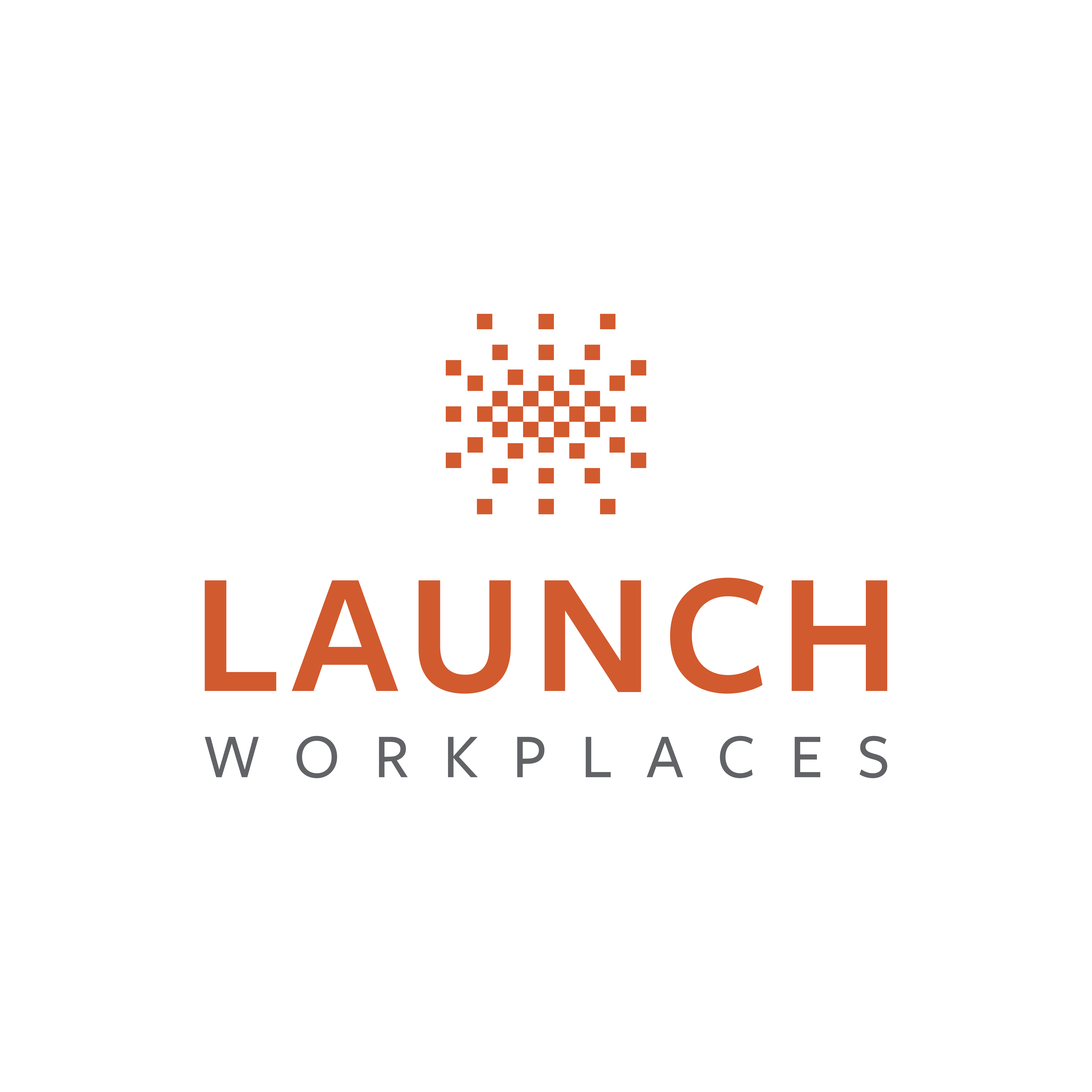As we enter a post-pandemic workplace landscape, the potential new growth and new employees comes with it for many companies. Business owners, leaders, and even solopreneurs may be looking to bring on new team members to help scale and grow their business. With that brings the necessity for new employee onboarding.
Over the last few years, both workplaces and employees have learned to operate the “new normal” marked by virtual work, hybrid schedules, and new processes and procedures.
But it has also brought about some new challenges; including how to onboard new employees when the working world has changed so much.
Each organization has different needs, but there are six best practices for new employee onboarding that set up a strong foundation. They can then be adapted to your unique context and both virtual or in-person onboarding.
1. Have a Plan
Planning is essential to the onboarding process. If you just wing it, your new hire will likely be left confused about their role and unprepared. Instead, approach it like this:
- Introduction email: Send over detailed information about the start date, time, location, and what to expect over the next few days.
- Short-term plan: What will the first week look like? Schedule meetings, training sessions, and independent work time for the new hire.
- Long-term plan: What’s coming up in the next few months? Plan for check-in, project status updates, and additional training sessions
Sketch out a training roadmap so that you, the new employee, and the team know what to expect.
- Virtual Tip:
- In-Person Tip: Schedule ample time for a building tour and introductions on the first day.
The intro email should also include directions on IT access, plus the contact information of someone who can help troubleshoot.
2. Set Up Technology, Tools, and Workspace
There’s nothing more frustrating as a new employee than arriving on the first day and not having a computer to use. It’s essential that all technology and tools are ready to go when they arrive, so they can start training and getting up to speed quickly.
This is particularly important for virtual or remote jobs. Here’s a checklist to follow:
- Equipment: Ensure the employee’s computer, phone, and other equipment are set up and ready to log in and use. You’ll likely need to send these in advance or make arrangements for the employee to pick it all up.
- Privacy and cybersecurity: Does the software need to be modified for an employee to work from home? (i.e. VPN, limited access).
- Software: Are all essential software programs—Zoom, Google Suite, Slack, etc.—installed and working?
- Email and phone number: Can the employee start communicating right away?
- Workspace: Are there options for the employee to come to the office occasionally? If not, consider other options for them to access a professional workspace such as purchasing them a coworking space membership.
For in-person training or jobs, you’ll need to consider all of the above with the addition of their physical workspace in the office. You may also need to give them a tour and overview of shared tools or resources such as the printer/photocopier.
3. Organize and Deliver Key Information
New employees should have all necessary information available when they need it. This includes:
- Training guide or manual.
- Company overview, history, vision, and goals.
- Organization chart, including team member names, roles, and contact information.
- Policies and procedures.
Block off some time in the new employee’s calendar to review the important information with them. Then, leave them to review it independently.
- Virtual Tip:
Make sure there is a centralized place for all important information to be stored. It must be clear, organized, and easily accessible because it’s harder for remote employees to quickly check in with someone for clarification.

4. Clarify Expectations, Roles, and KPIs
Your new team member probably has some questions about their role. Likewise, you have expectations of them that need to be clarified. Set up a time to meet together, either in-person or via Zoom, and discuss the following:
- Review the job description and clarify roles, projects, and initiatives they will be responsible for.
- Explain any company policies, including time-off requests, work hours, etc.
- Answer questions the employee has about their responsibilities.
The end goal is for the new employee to walk away understanding what they’ll be working on and what’s expected of them. Finish off the meeting by setting up a touch base in a few weeks, and then again in a few months to see how things are going.
- Virtual Tip:
This is a good time to review the company’s must-use tools for managing a remote team, particularly those related to task or time management and accountability.
5. Make Introductions
Even if you’re a small team, it’s important that new employees feel welcome and connected. Introductions to other staff should be a priority on the first day or two of employment.
- Virtual Tip:
- In-Person Tip:
Have other staff members schedule 15-minute Zoom calls with the new team member to introduce themselves. Don’t leave it for the new person to reach out, but set it up for them in advance.
Host a meet and greet on the first day or two, complete with coffee and snacks so that the new team member can meet everyone.
If it’s not possible to meet everyone in the first few days, make sure to do some email introductions so that all team members are acquainted.

6. Plan a Team Building Event
A fun team-building or social event is a great way to ensure the new team member is feeling comfortable and integrated with the other staff. It also provides a low-key way for them to get to know others and get a sense of the company culture.
- Virtual Tip:
Send catered lunch to everyone at their house and arrange a virtual lunch meeting… but make sure you use one of these ways to add some fun to your next Zoom meeting.
- In-Person Tip: Grab lunch together or go do a fun activity like mini-golf or bowling.
Doing a fun activity together helps build the team and helps make people feel comfortable. This will translate into smoother, more effective working relationships, too.
Onboarding a new team member doesn’t have to be overly complex. Just focus on providing the information they need, having a clear roadmap, and making sure they’ve met other team members. Then, depending on if it’s in-person or virtual, tweak the plan to fit your context.
Your workspace plays a key role in setting a positive tone when onboarding new employees. So, if you need an office space for new in-person or remote employees in Maryland, Ohio, Pennsylvania, or DC, you’ll find a Launch Workplaces location near you. Book a tour today and learn why Launch is a great fit for your business and your team.



